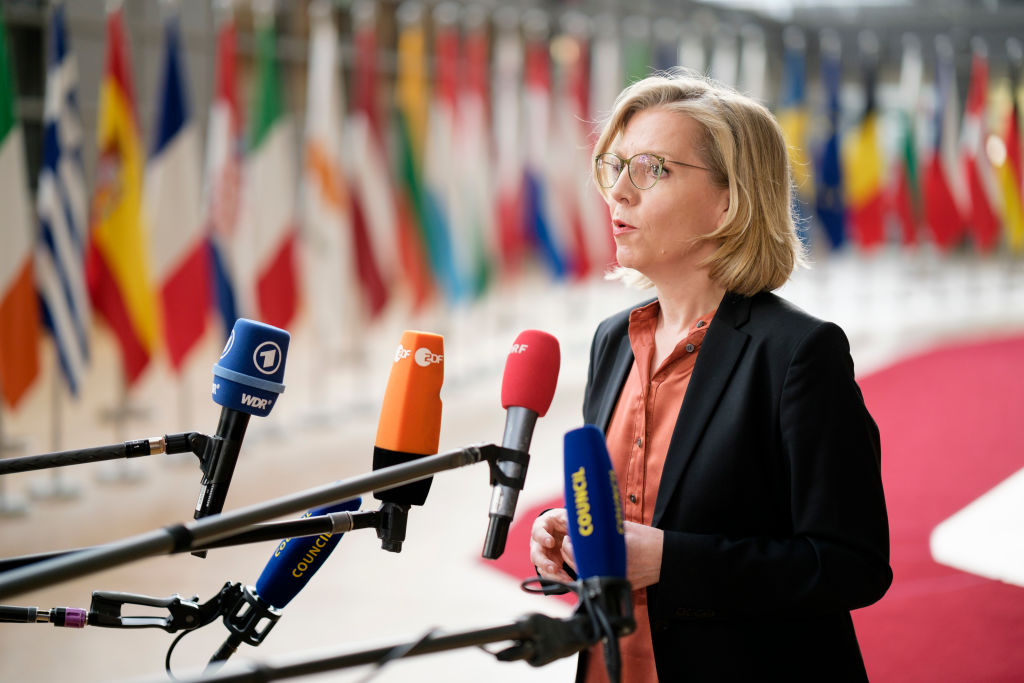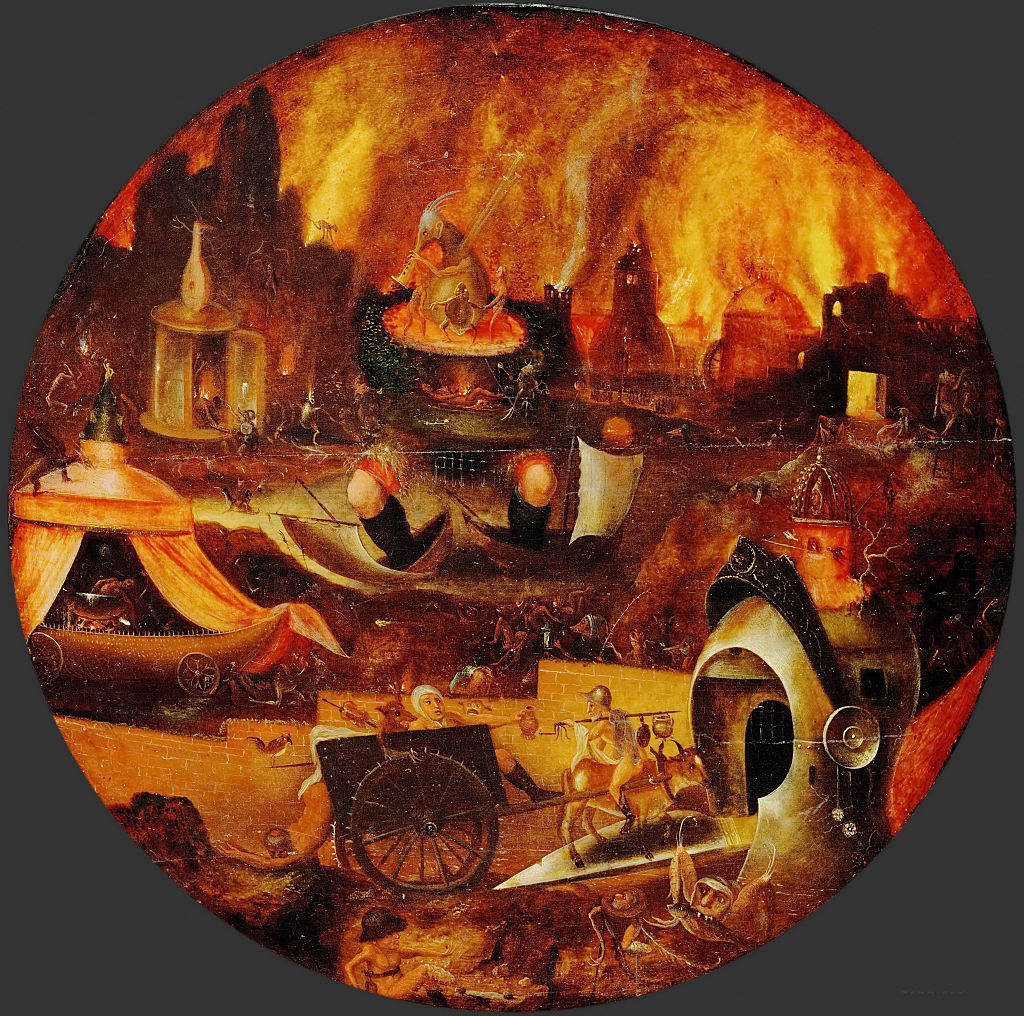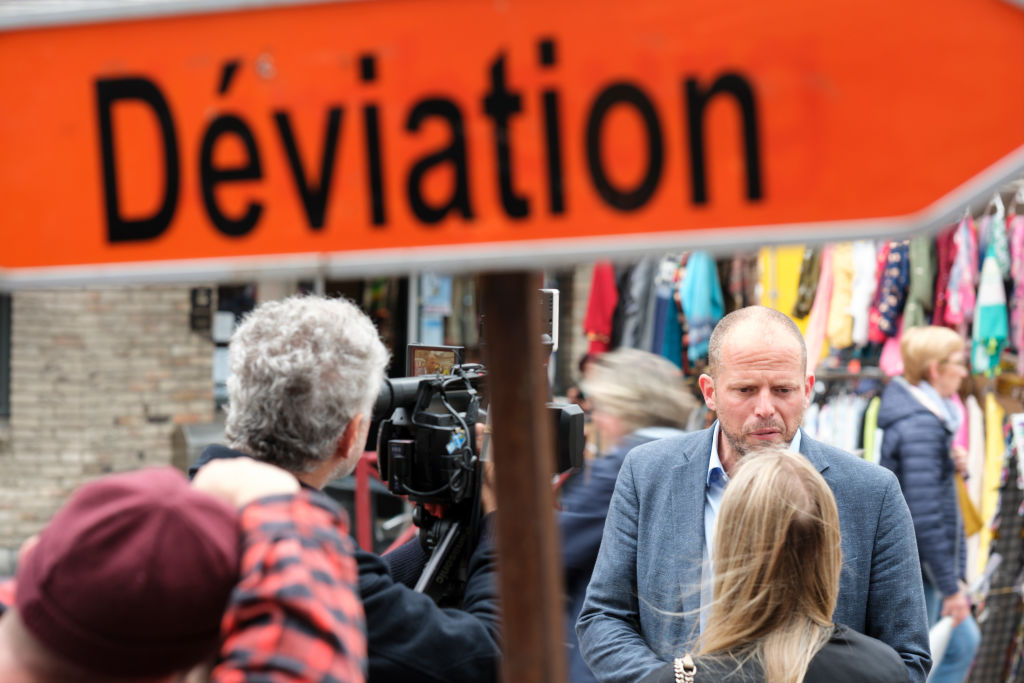The first-place parties in Austria, Hungary, and Czechia have come together to announce a new European Parliamentary grouping, which they have termed “Patriots of Europe.” The newly christened bloc has fallen under criticism by some who see it as too sceptical of Brussels and supportive of “peace at any price” in Ukraine.
That these countries make up the core of what was once one of the largest countries in Europe, Austria-Hungary, is no accident.
For those who need a refresher: Austria-Hungary was the final iteration of the Habsburg Empire, a central European state ruled by the Habsburg Dynasty for nearly 1,000 years. It was also massive. After the Russian Empire (only a portion of which was in Europe), Austria-Hungary was the largest state on the continent.
Stretching from Switzerland to the southern Adriatic to Poland, it was home to a plethora of languages, nationalities, and cultures, all united only by the family which ruled them. This divided empire was kept together through the work of various statesmen, most notably Klemens von Metternich, who carefully balanced the other European powers in a way which helped to ensure the empire did not fall apart.
But slowly, it disintegrated. Nationalities determined they would rather stand on their own than be under the domain of a king who spoke a (to them) foreign language. As a result, it lost its imperial possessions in Italy. A division, of sorts, of the empire occurred in 1867 after the Hungarians demanded more independence (which transformed it from the Austrian Empire into the Austro-Hungarian Empire).
But it was World War One which finally swept it away, as fervent nationalism became supercharged by the conflict (and American President Woodrow Wilson’s desire to see all nationalities gain their own state). That nationalism, which surged through the empire’s various ethnic blocs, broke the fragile empire into pieces. That division was furthered decades later by the Cold War, which saw the various pieces of the empire mostly shoved behind the Soviet Iron Curtain.
Fast-forward to today. All of those states have been long free of Soviet influence, and most of them are currently members of the European Union. But this does not mean all members are in an equal position.
The EU can be divided into many groupings, but for our purposes, let’s divide them into three: Eastern Europe, Central Europe, and Western Europe. Eastern Europe, much of which was once literally a part of Russia (such as the Baltics and Poland) have the most to fear from Russian irridentism. It is not an accident that these are the most vociferously pro-Ukraine countries in Europe.
Western Europe, on the other hand, has comparatively little to lose. They mainly feign fear at an impending Russian attack, but France, Germany, and Italy (which are in this case part of Western Europe) know that there’s no real chance that Russia ends up on their territory – ditto for countries like Spain. So being ultra-supportive of Ukraine, even if it angers Russia, costs them nothing. For some, like Italian Prime Minister Giorgia Meloni, it even gives them cover from criticism by establishmentarians in Brussels.
But Central Europe is in a different situation. There is no guarantee that they should fear Russia – but there is, at the same time, no certainty that they should not. They, more than either end of the EU, are in a situation where they desperately do not want to rock the boat. For the Baltics, peace at any cost could mean the end of their survival, and therefore they must oppose Russia. For Western Europe, opposing Russia at all costs means good headlines. But Central Europe requires balance.
Consider the main two post-Habsburg states, Austria and Hungary.
Austria gets around 98% of its oil from Russia. That is a massive amount; pulling the ripcord and completely changing that would require a reshuffling of Austria’s energy sector, which in turn would likely raise the cost of living significantly for millions of Austrians. Indeed, threats to Austria’s neutrality – which most Austrians still support – have powered the rise of the populist-right Freedom Party, one of the founding members of the Patriots for Europe.
How about Hungary? Unlike Austria, Hungary actually was under domination by Russia during the Cold War. If the war in Ukraine continues, and Russia continues to take more Ukrainian land, Hungary could ultimately border Russia – something it likely has no desire to do again. Ending the war now means literally keeping Russia away from Hungary.
It also is still living in a post-World War I world, having lost two-thirds of its territory to surrounding states under the forced Treaty of Trianon at the end of that conflict. One recent study found that 94% of Hungarians thought the treaty was unfair, a startlingly high number. Concerning still for Hungary’s government is its belief that Hungarian language speakers within Ukraine are being discriminated against by the Ukrainian government.
When eastern and western European states dismiss the central European desire for peace, they essentially dismiss the history of central Europe: a bloody battleground on which East and West fought.
The fact is that the post-Habsburg states exist along a shatter point upon which neither eastern nor western Europe must walk. It is the same shatter point upon which the Habsburg Empire walked for so many centuries until it finally fell to pieces.
The ghosts of that empire, and geopolitical forces which destroyed it, are still with us today.





AfD knows eurosceptical voters don’t want ‘nice’ Right, they want real Right